Mole: The Sauce That Tastes Like a Song
An easy, beginner-loving guide to Mexico’s most complex, celebratory dish.
Mole is less of a recipe and more of a riddle someone’s great-great aunt whispered into a pot. Not just a mother sauce—think of it as a grandmother sauce: ancient, deeply rooted, and made to transform whatever ingredients are on hand into something worthy of any guest or moment. Mole is the kind of traditional Mexican sauce that teaches you how to pay attention. It’s not difficult, just layered—with complexity that comes from intention, not complication.
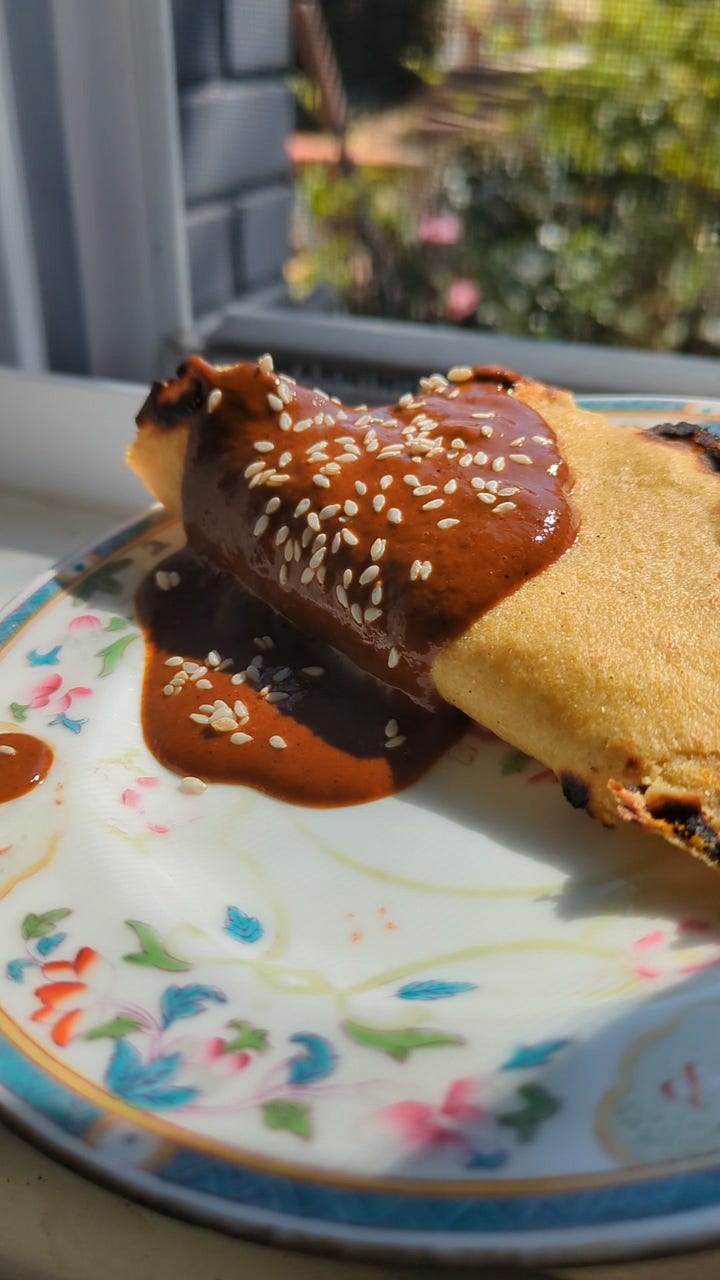
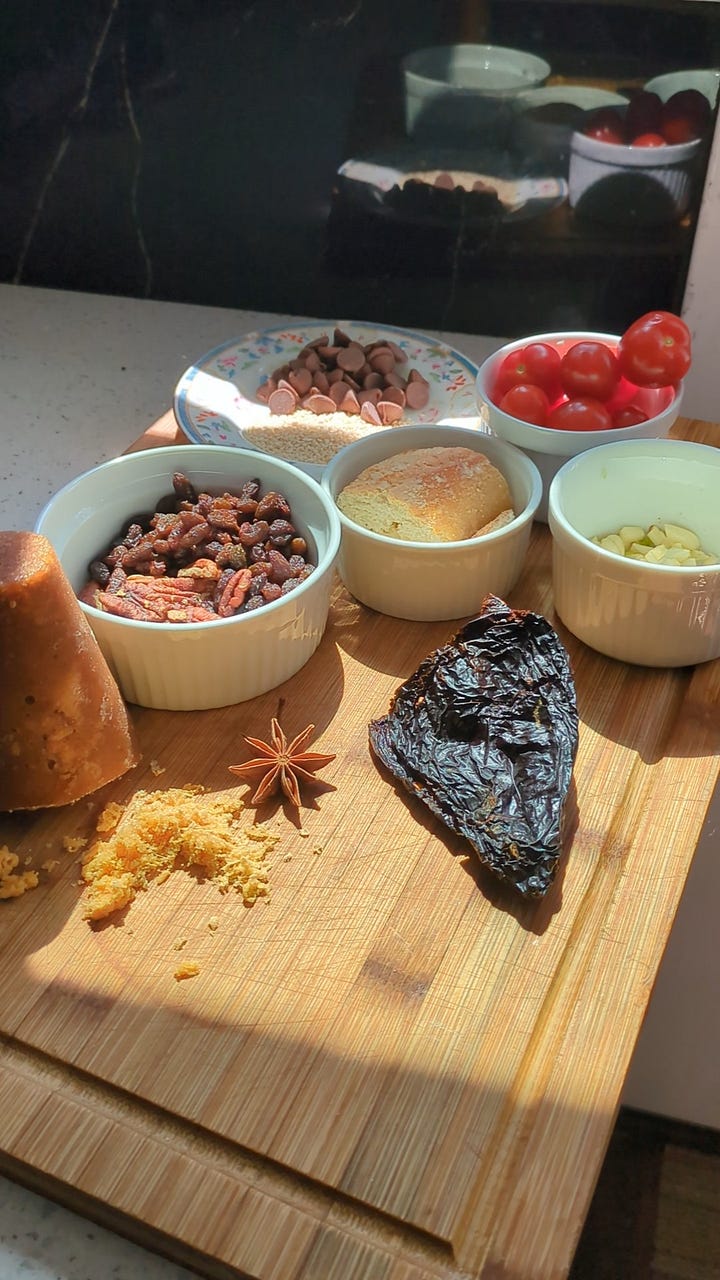
Quick disclaimer: I’m the white girl at the stove here, humbled and learning like millions and millions of others not native to Mexico, but in love with its food and people. Mole has layers—I’m still on the first few.
What does mole sauce taste like? It can be vegan or meat-rich and smoky. Most often, it’s loaded with roasted Mexican chiles (spicy optional), toasted spices, and slow-cooked depth. Some versions are thick and dark like mole poblano, others are fresh and herbal like mole verde, or even fruity like mole manchamanteles.
Either way, this post is your on-ramp: a beginner’s guide to mole sauce - what mole actually is, how to recognize a great mole at a restaurant or at home, and what to expect when you see mole on a menu (spoiler: you’re in for something special).
Hey food friends! 👋 I’m Kaitlynn, half of a food-loving couple 🍜 exploring DC (& beyond) who knows the best connections happen at a shared table 🍽️. Whether you're searching for the perfect bánh mì or trying to master your grandma's marinara 🍅, I’m here with dishes (and discussions) that make life more interesting. Come hungry, leave inspired. ✨🍴
Flavors of Mexico City: The Dishes, History & Where to Eat
Mexico City is layered—historically, culturally, and even literally. From the ancient markets of the Mexica people (often called the Aztecs) to Spanish colonial plazas to today’s bustling street stalls, bakeries, and world-class restaurants, its food scene is built on centuries of cultural fusion, migration, and reinvention.
This is a culture that gave the world tacos, chocolate, AND vanilla—just to name a few. Whether you’re planning a visit, looking for inspiration in your own kitchen, or just hungry to understand the soul of CDMX, this series is your guide.
We’re diving into the real stories behind the food, uncovering the flavors that define the city, and sharing practical tips for finding (or making) something incredible to eat. From tacos to coffee and pan dulce to mezcal, Mexico City’s food story is as rich as it gets—and we’re just getting started.
First things first: What is mole?
Mole (say it with me: MOH-leh) is the Nahuatl word for “sauce,” but calling it that is like calling Beyoncé a singer. It’s technically true, but wow, there’s so much more going on. Mole is a cornerstone of traditional Mexican cooking—a rich, slow-cooked, flavor-layered sauce with dozens of regional versions: deep brown mole poblano from Puebla, vibrant green mole verde, Oaxaca’s seven official varieties, and more. Some are silky smooth, some are rustic and textured.
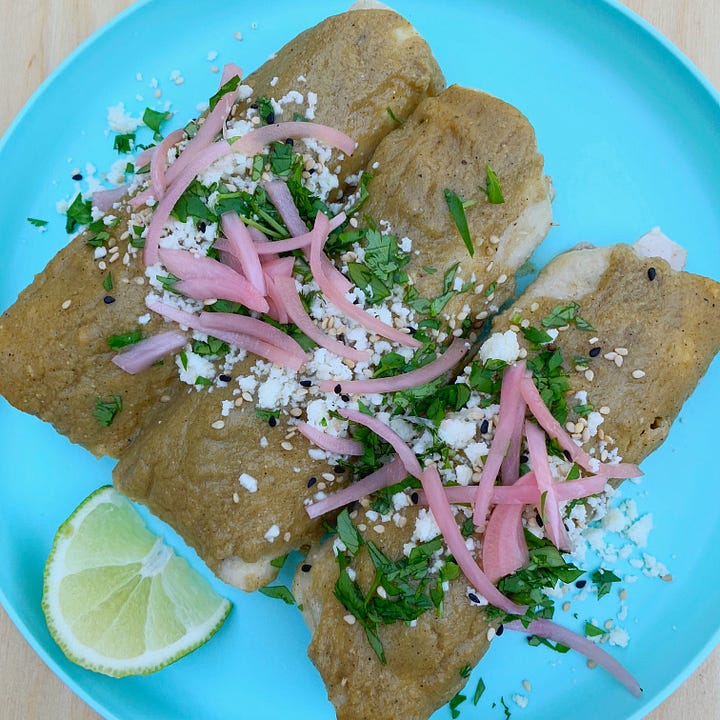

Most have a few common elements but really what they all share is complex flavor, rich texture, deep cultural roots and that “wait, what is this?” moment in your mouth. Mole is built—layer after layer of toasted, ground, fried, and blended ingredients that come together like an edible symphony.
Ancient Roots: When Mole Was Magic
Way, way before any Europeans brought their sugar and cinnamon and convent gossip, Indigenous cooks across Mesoamerica were already crafting what we now call authentic mole sauces. Roasted chilies. Toasted pumpkin seeds. Bitter cacao. Wild herbs. Ground tomatoes. All blended by hand on a metate—that volcanic grinding stone you had to work like a gym membership.
The Nahua people even had a word for it: mōlli, which meant “sauce” or “concoction” or, spiritually, “you’re gonna need a tortilla for this.” But mole wasn’t just about ingredients. It was about honoring what the earth gave you. This wasn’t just cooking—it was ceremony and storytelling through food. It was deeply tied to ritual, community, and flavor-layering as a form of storytelling.
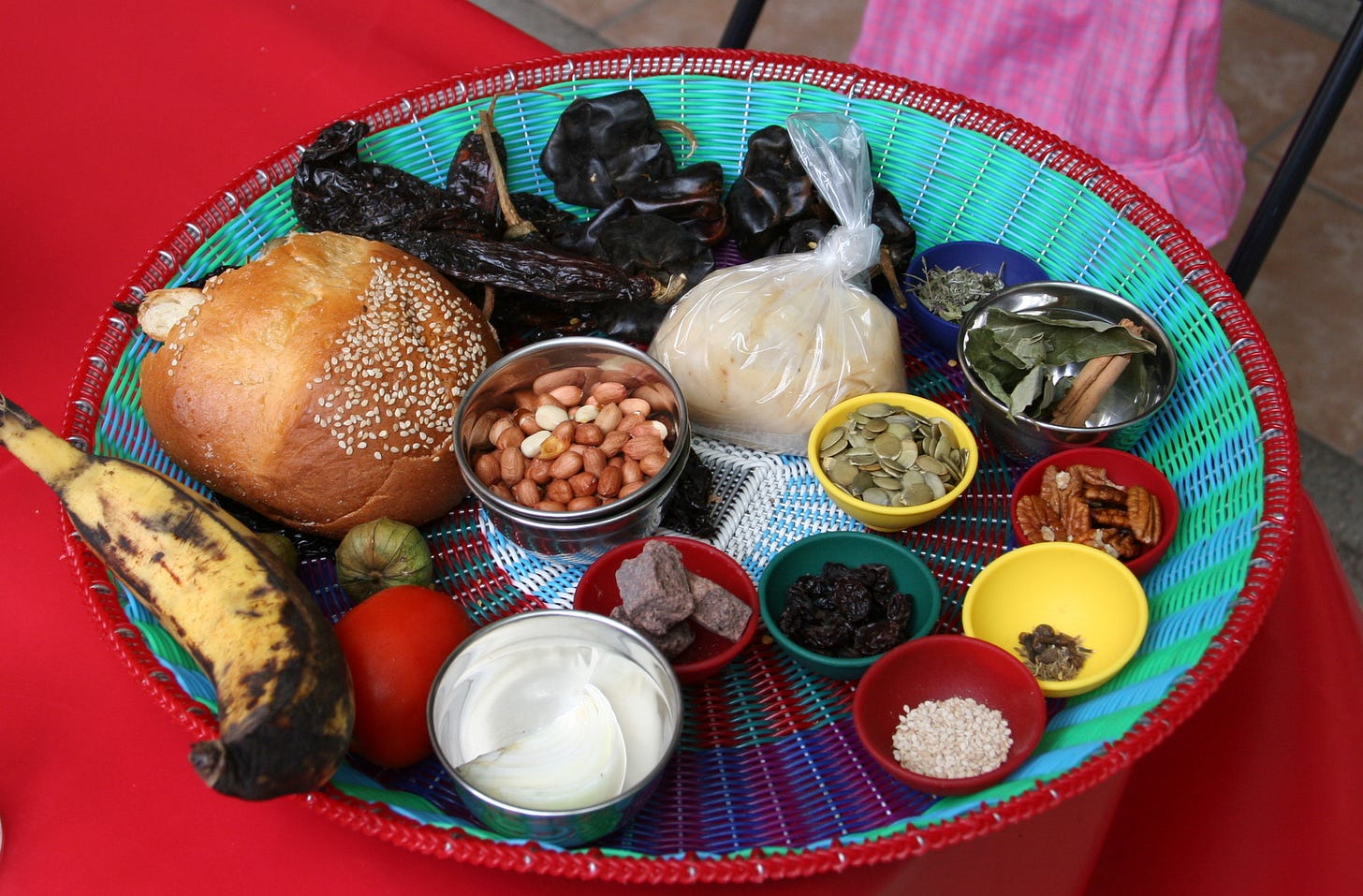
Cacao wasn’t dessert—it was sacred. Chilies weren’t just spicy—they were protection, energy, heat, and healing. Mole wasn’t a single recipe. It was a technique. A worldview. A flavor strategy for turning what grows near you into something powerful, nourishing, and full of story.
Now zoom out with me for a second.
Picture a chili plant pulling minerals and heat straight from the soil. A cacao tree soaking up sunlight and rain, storing bitter, electric potential in a thick pod. Seeds, herbs, dried fruits—each one a product of place, shaped by sun and season. Indigenous cooks discovered each one of those elements individually and figured out how to toast, grind, and blend all of that into something that sustains you but is complex and so much more than any part of the individual ingredients.
That’s what mole is. Not just a classic Mexican sauce, but a kind of edible ritual. A slow-simmered reflection of earth, time, and memory. A practical kind of sacred.
If you’ve ever wanted to feel how cooking can connect you to something ancient, mole is a good place to start. Making mole at home might sound like a lot, but it’s also an invitation. A chance to taste the story of how the earth works—and how humans learned to turn raw growing life into a feeling. That’s real magic.
Then Came Spain: Enter the Remix
When the Spanish arrived, they brought cinnamon, almonds, sesame seeds, sugar, garlic, and so much lard. Not to mention their aggressively large convent kitchens. Traditional mole sauce evolved. New spices from the Silk Road met old traditions, and mole went from “layered rustic flavor” to “what if we fried everything first and then pureed it into submission?” It became even richer, thicker, silkier. In colonial convents, cooks started frying each element before grinding, turning rustic mōlli into the ultra-famous mole poblano.

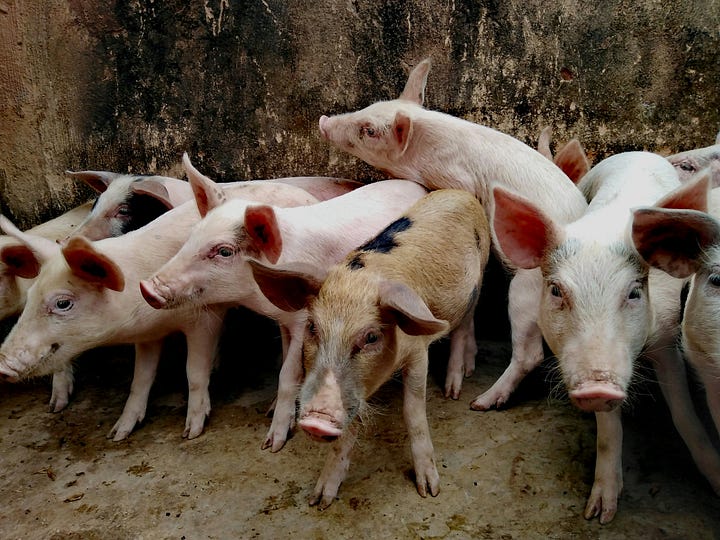
There is a famous “two nuns and a turkey” mole poblano origin story: they supposedly panicked when a VIP bishop showed up unannounced and threw everything they had into a sauce. More likely in my personal opinion: indigenous women in those kitchens were drawing from centuries of flavor logic but adapting to the nuns instructions and available ingredients. The result? A sauce that was old, new, spicy, sweet, bitter, rich, and unforgettable.
Whether or not it’s true, it keeps getting told because it’s a good story and a better dish. What did change was the process: frying ingredients in pork fat, layering sweet and savory, and making the mole richer and more baroque. It got richer, sweeter, heavier. It was a colonizer/colonized collaboration situation, full of contradictions and flavor.
Mole successfully maintained it’s sacred, feast day status—something you only made when it was worth sweating over. Weddings. Saints’ days. Abuela’s birthday. It became a showstopper. It remains the special occasion food across regions—especially in Puebla and Oaxaca—where today it’s still made for weddings, holidays, and any meal where someone’s abuela is showing off.
Modern Mole: Still Doing the Most
Fast forward to now, and mole is both ancient and modern. It’s a time capsule and a time traveler. You’ll find it slow-cooked at home, in tamales for the Day of the Dead, at quinceañeras and Christmas, or reinvented at fine-dining restaurants as sauce dots and emulsions (sigh). It’s been through colonization, globalization, Instagram, and yes, even Trader Joe’s. It’s crossed borders, lost context, gone fusion, and still—still—it holds weight.
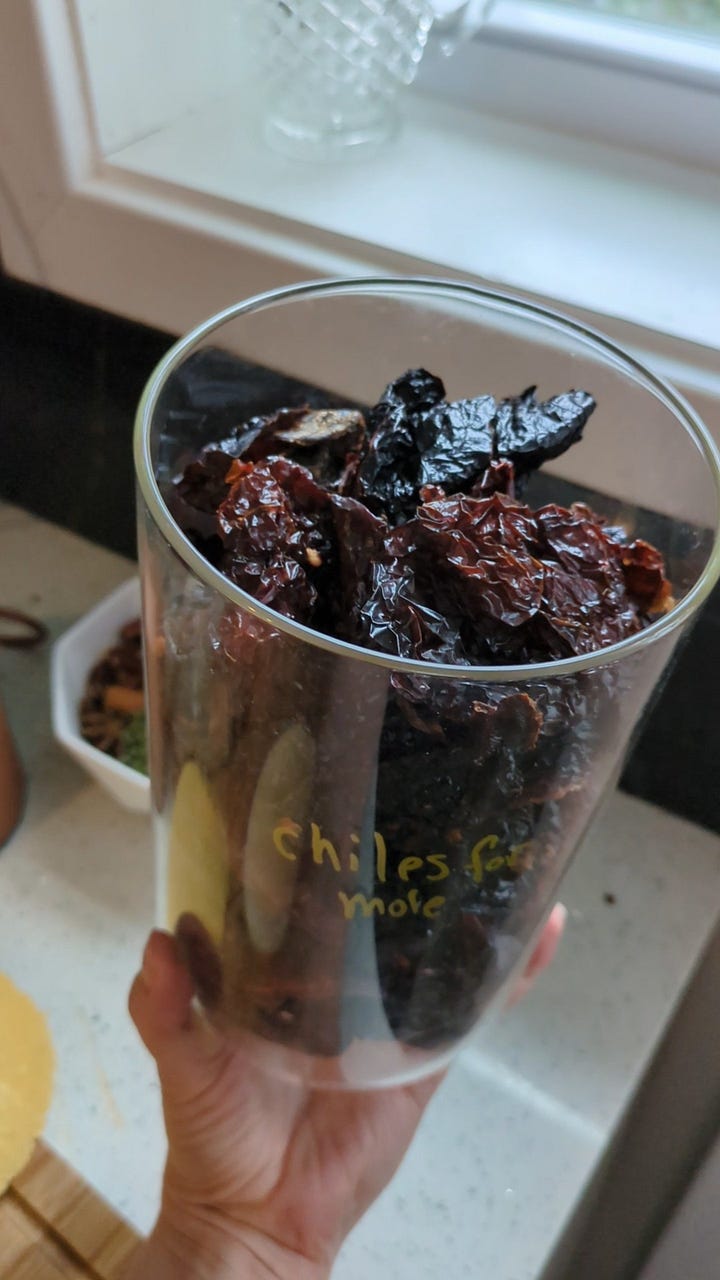

It’s a dish that tells you someone tried. Someone cared. Someone probably cussed at a blender and burned a finger and kept going. At its core, mole is still Indigenous knowledge, making mole at home is still a labor of love, still the kind of dish that says, “Today matters.”
Let’s Break This Down (Like a Mole Does to Your Tastebuds)
So... there’s chocolate?
Sometimes! But not like dessert. In some moles, especially mole poblano and mole negro, there’s a touch of bitter Mexican chocolate. Think of it like adding espresso to a stew—it deepens, not sweetens. If you’ve had a mole that tasted like Hershey’s syrup dumped on a chicken leg… I’m so sorry. You were done dirty.
Mole is not a sugar rush. It’s a symphony.
Anatomy of Mole Sauce: What’s in Mole?
There’s no single “correct” mole recipe—there are families of them, shaped by region, occasion, who your grandma is, and what’s on hand. But here’s a general framework most moles riff on, picking a few things from each category:
Chilies: Usually dried. Ancho, pasilla, mulato, guajillo, chipotle, and more. The emotional core. They bring heat, smokiness, and flavor.
Spices: Cinnamon, clove, black pepper, cumin, sometimes anise or allspice. Adds warmth and intrigue.
Nuts & Seeds: Pumpkin seeds, sesame seeds, almonds, peanuts, pecans. Richness, texture, grounding.
Thickener: Often tortillas, bread, or masa. Many respected chefs even swear by humble ingredients like ritz crackers or animal crackers. This is where mole says, “I’ve got structure.”
Sweet + Acidic: Plantains, raisins, pineapple, tomatillos, tomatoes, sometimes prunes or sugar like piloncillo. The mole rollercoaster needs highs and lows.
Optional Bonus Round: Chocolate, herbs like hoja santa or avocado leaf, and always—someone’s secret ingredient.
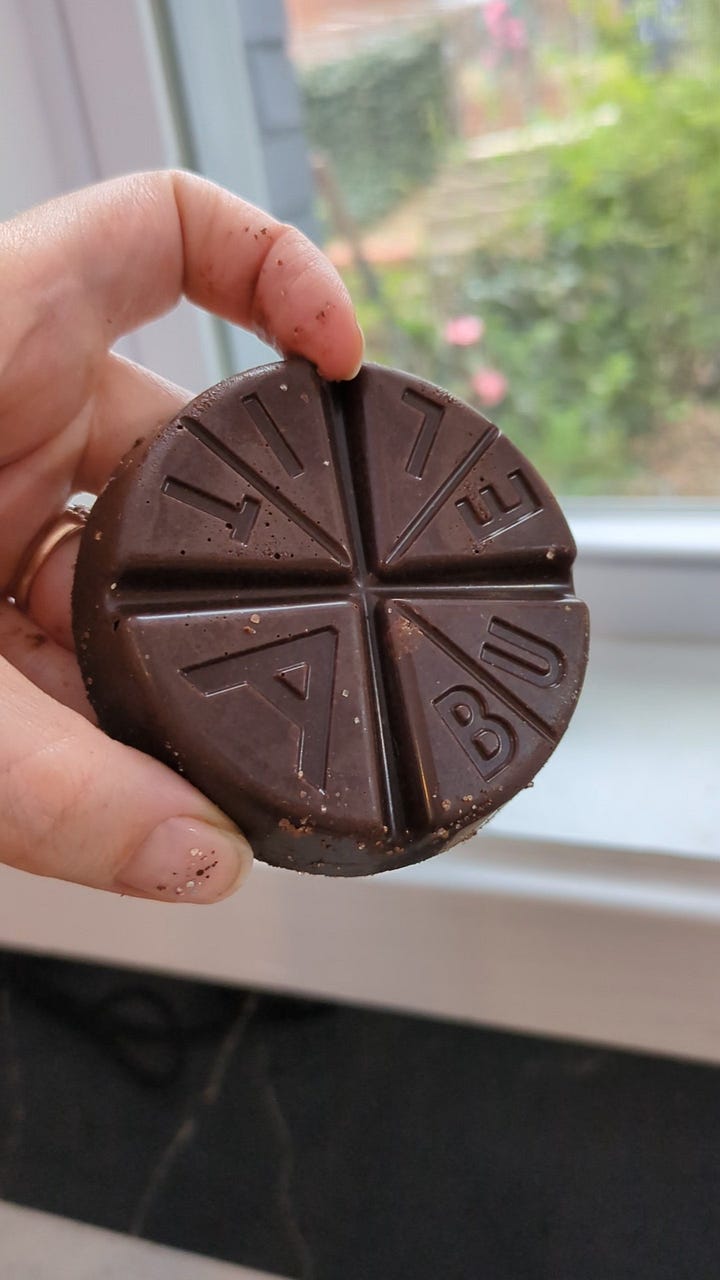
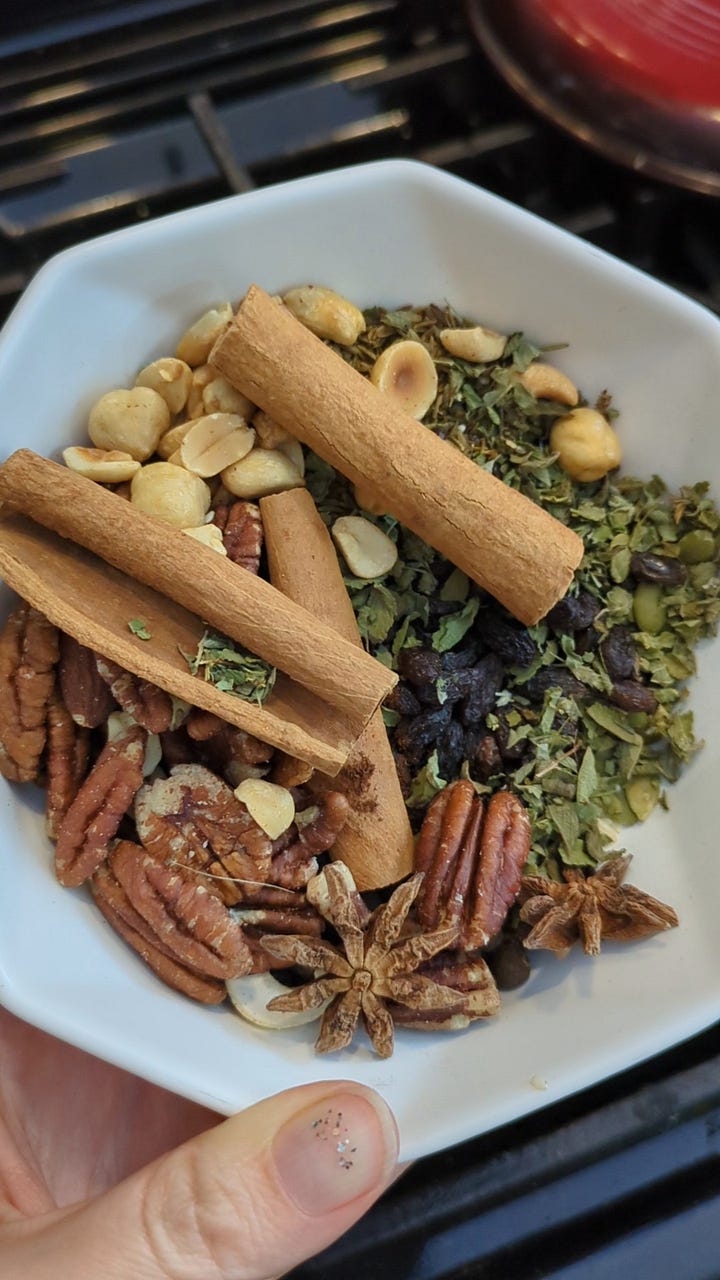
Everything gets toasted, fried, blended, and simmered until it becomes a smooth, rich blanket of sensory poetry. You’ll know you’re in mole territory when the sauce starts to look like velvet and smell like 700 years of dinner parties (in a good way).
What Does Mole Taste Like?
Balanced. Deep. A little mysterious. Like a favorite book—layered, impossible to summarize. Mole should taste layered, balanced, and full-bodied. Sweet, spicy, bitter, smoky, nutty, earthy. You’re not supposed to name every flavor—it’s a mood. A vibe. A slow-cooked flavor bomb that makes your whole body go “yes.”
Great mole sauce is symphonic. A tasting experience. It’s the closest most of us get to synesthesia because it’s like tasting a symphony.
How to Eat Mole: Easy Ideas
What do you serve mole sauce with? Anything that can carry a rich, saucy dream. Try it with:
Roast chicken or turkey (classic, reliable, can’t-go-wrong)
Enmoladas (enchiladas, but wearing eveningwear)
Tamales (a hug in food form)
White rice or tortillas (to catch every drop)
Grilled veggies
Cold, the next day, straight from the fridge with a spoon (we won’t tell)
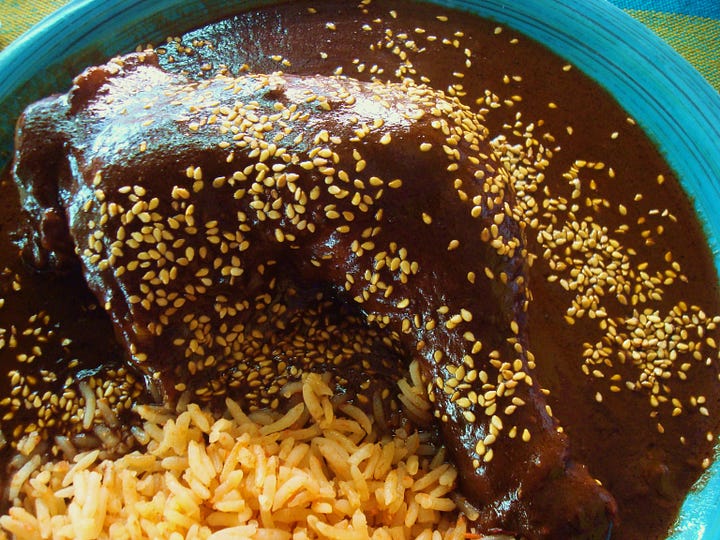
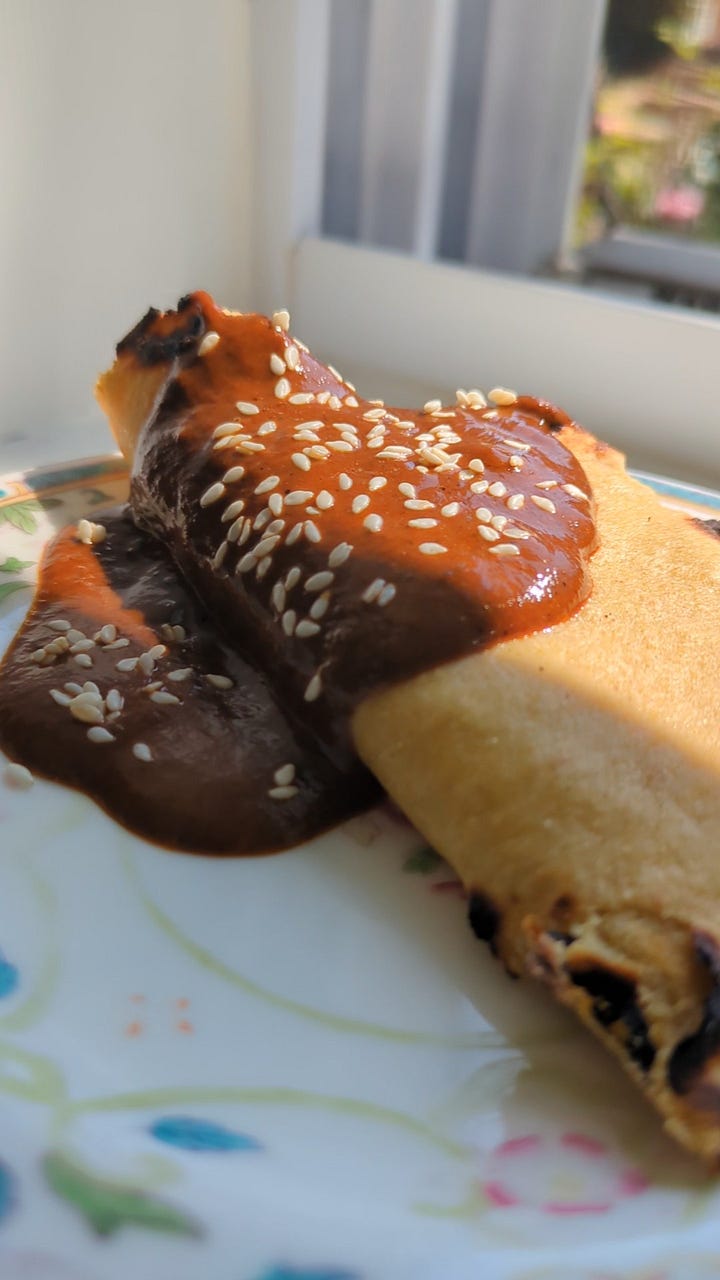
If you’re lucky enough to be near a good Mexican spot, look for mole when it’s the star of the dish—not just a drizzle.
In Mexico City, we loved it at Plonk and Panadería Rosetta.
In Washington, DC, check out Cielo Rojo and Oyamel.
Try Making Mole at Home
Start small. I did. You totally can.
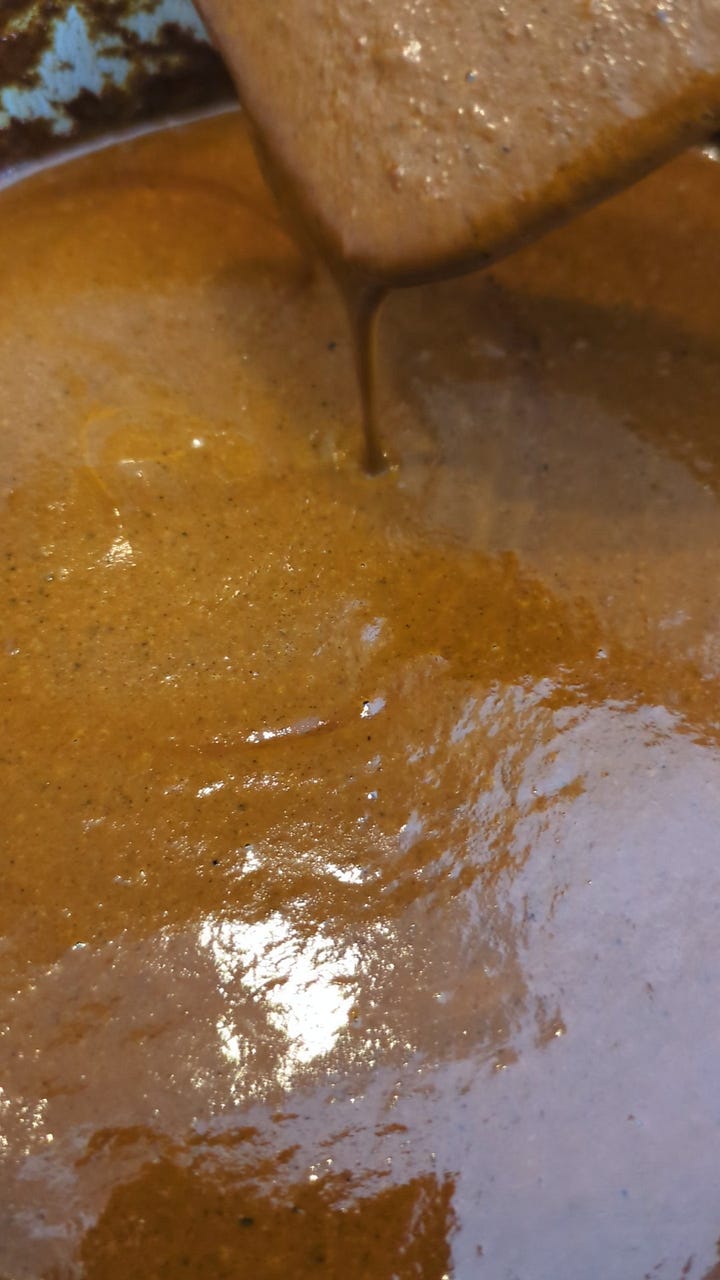
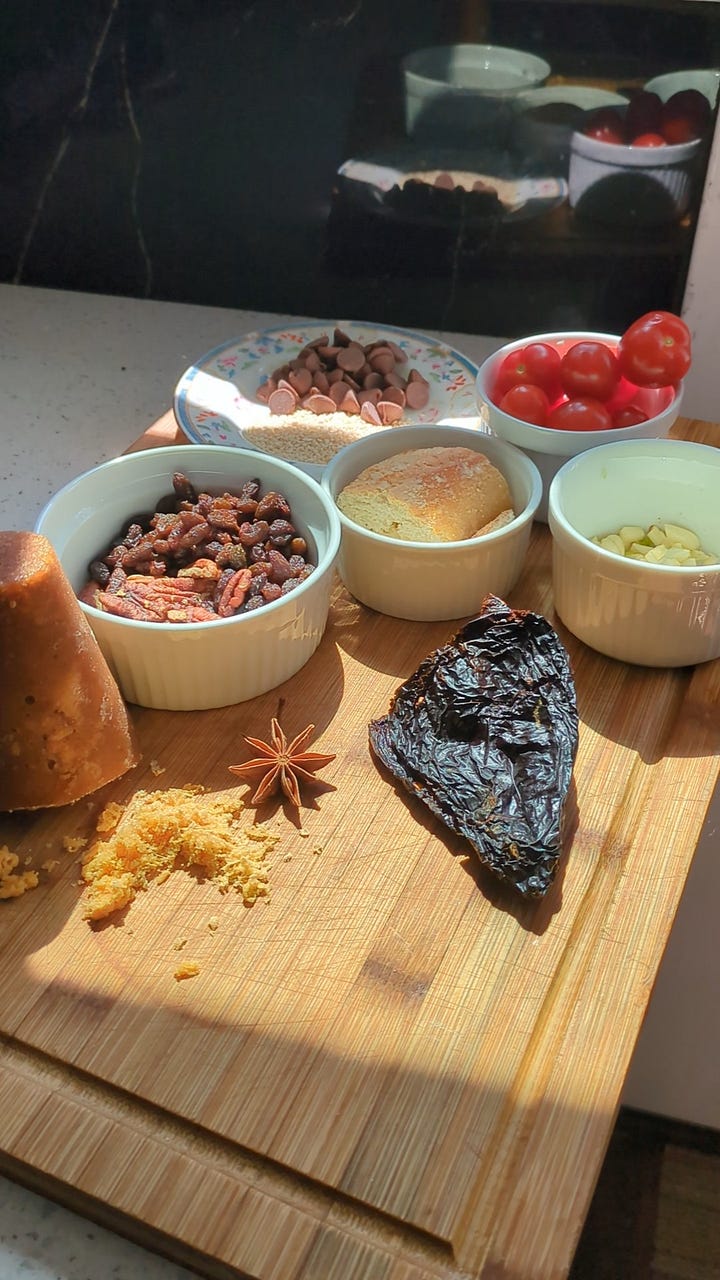
Don’t let the 30-ingredient chef versions scare you. Many home cooks in Mexico start with a good base paste from the store, toast a few add-ins, blend, and simmer until the sauce sings. Mole honors tradition, but it welcomes your shortcuts if it serves you and the people around you.
The real magic? It’s in how you treat the ingredients.
Start by toasting or frying each one—separately if you can—just enough to coax out its best self. When frying, go one by one in the same oil (chilies first), so the oil itself becomes a layered flavor carrier. That’s the music theory of mole. Everyone's getting in tune.
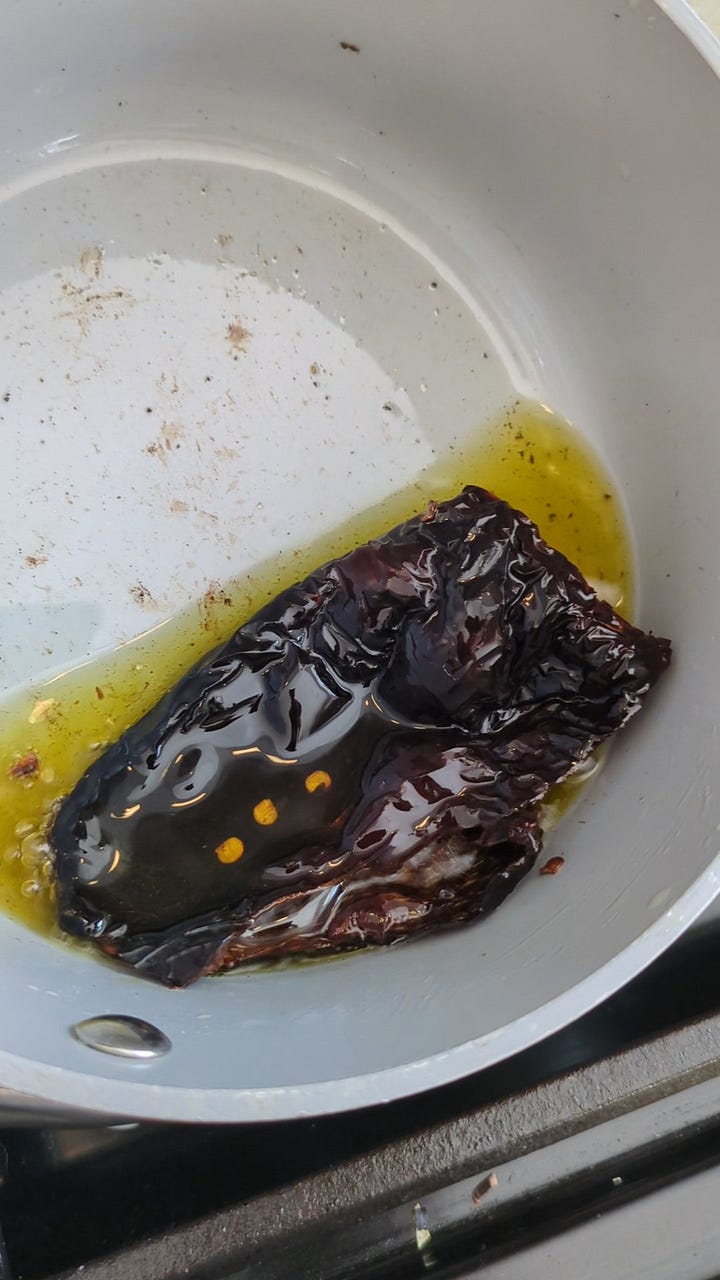


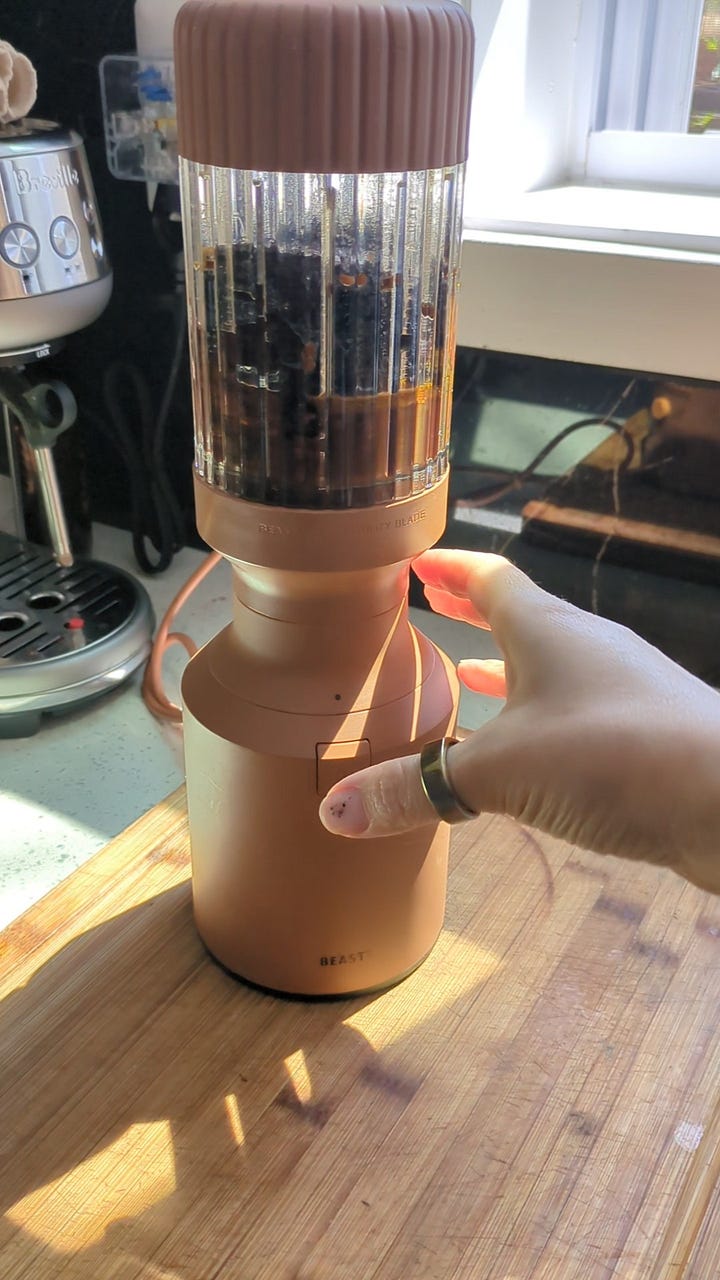
Then: simmer, blend, simmer again. That’s basically it. The steps aren’t hard, but they ask for your attention.
Here's the first recipe I tried from Rick Martinez—just 10 ingredients, and it’s magic.
Some ingredients you’re going to need to get at your local hispanic grocery store, but a lot of them you probably already have in your kitchen.
Lessons from the Burner
Mole rewards presence. My biggest rookie mistake? I scorched spices during dry-roasting. And after the chiles, that’s all you taste—like a corrupted music file where the melody never loads. Bitterness drowned everything else. Lesson learned: when dry-roasting, use your nose and eyes. Stop as soon as it's fragrant.
Also: mole keeps beautifully. It gets better with time—some even “age” it like a fine wine. It’s work up front, but it gives back in spades.
When I made my first real-ish mole, I scorched a pan, overworked my mini blender, and still—when I got it just barely right? I felt like I’d earned a badge in deliciousness.
Totally worth it.
Start small, taste as you go, and know that even if your mole is imperfect, it’s still part of something deliciously bigger.
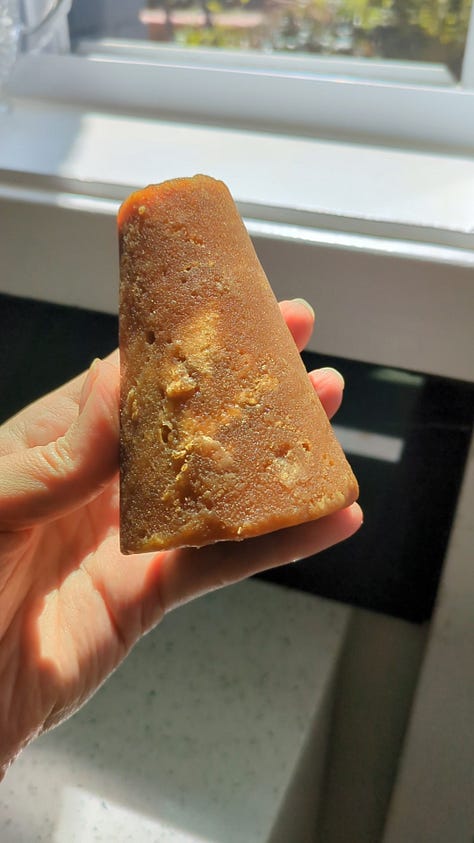
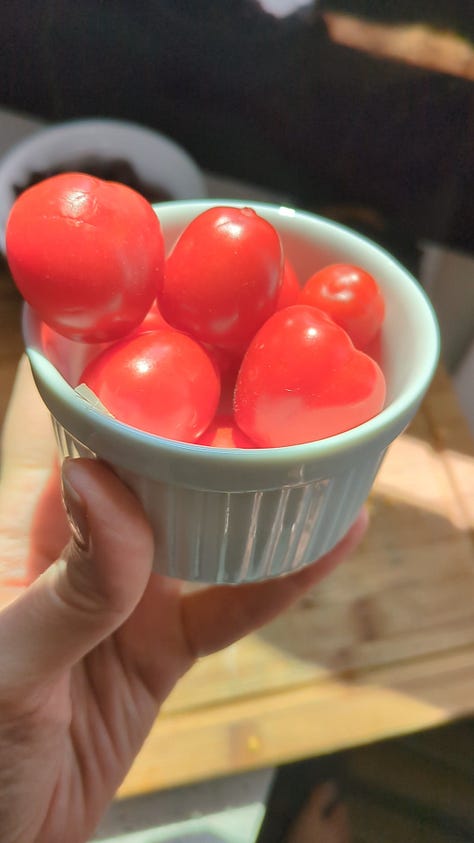
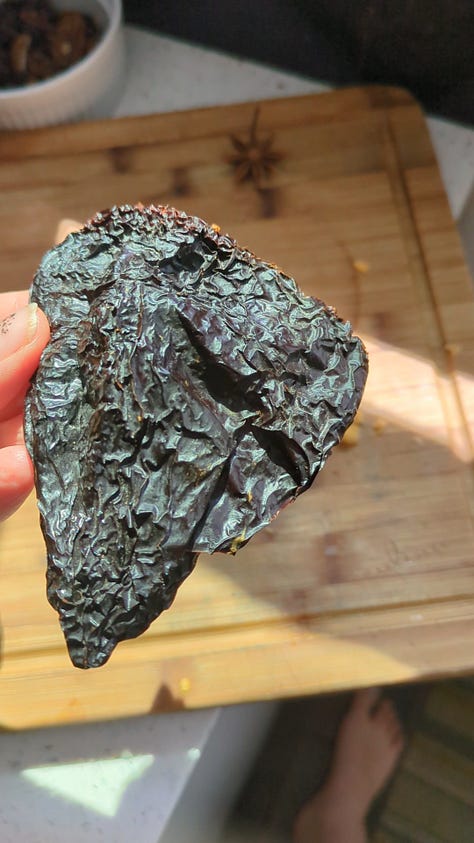
When You Order Mole, You’re Joining a Story
Mole takes time and it shows. In Mexico, it’s for weddings, birthdays, and Sundays where everyone stays too long at the table and nobody minds. It’s not everyday fare—but it’s not fancy. That $15 enmolada plate at a corner store? That’s someone’s great-grandmother’s recipe. Generations of refinement. On your plate. It’s meaningful. It says: this matters.
Mole isn’t just one of the most important sauces in Mexican cuisine—it’s a symbol. Of history. Of flavor that takes time. It’s a way to connect to something ancient, sacred, and joyful.
Have a mole memory? Tried one? Made one? Still confused? I wanna hear it all. Comment below, or find me on socials @go.feastmode. We’re taking a short pause next week for a family trip but we’ll be back the last week in April for the next stop in our Mexico City food series — agave dreams and the beautiful chaos of mezcal.
If you love food that’s real, rooted, and a little chaotic—subscribe. I promise to keep the spice level just right.
And hey—if paid membership isn’t do-able, we get it. But even a one-time donation keeps the mole bubbling. Thanks for being part of this table.




This post gave me a whole new respect for mole. I had no idea how deep the history went—makes me want to try making it at home now, scorched spices and all!